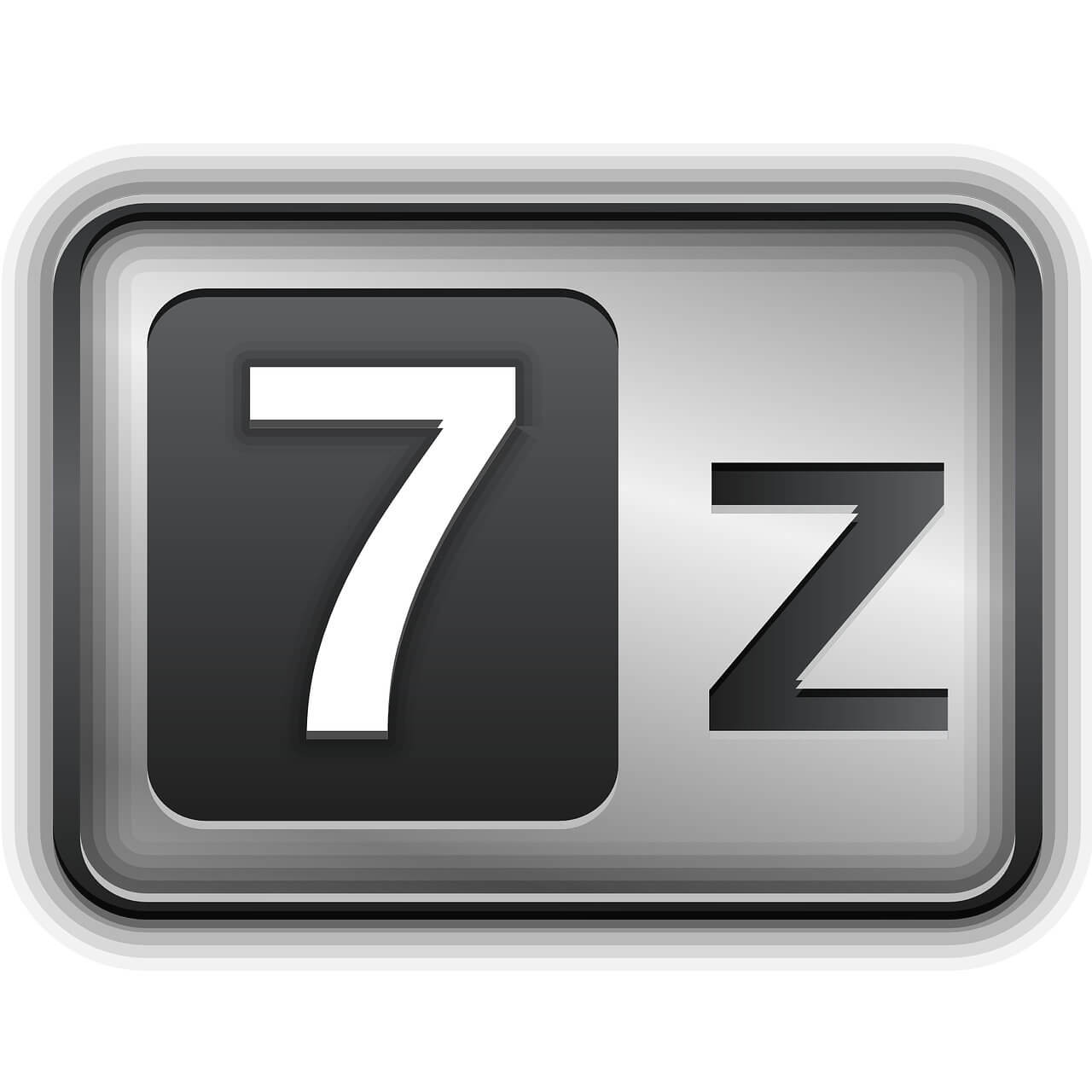
Choose the folder you wish to add a password to, then click 'Choose'. On the top of the menu, select File > New Image > Image from Folder. To encrypt the data, go to the Finder > Applications > Utilities folder. Before getting started, make sure to add all of the relevant files into the folder you wish to encrypt. This provides a great solution when sharing folders. When it finishes you will have a folder with the files that were sent.If encrypting your entire computer seems unnecessary for your situation, you can encrypt individual folders on your computer. You will then be prompted to enter the password. You will be prompted for a password, but it’ll never work. This will use the built-in Mac utility that doesn’t understand the encryption on the file. Don’t double click on the file to open it. Right click on 7z file -> Open With Keka. Open Finder and navigate to where the file is saved.

It might be in Documents, it might be in Downloads or some other location depending on your email client. You will need to pay attention to where the file is saved. The recipient saves the file to their computer. Contact the recipient through another means, phone, text, encrypted chat (WhatsApp) to send the password. Specify 7Z and enter a passwordĪttach this file to an email and send it with a simple message. It also helps the recipient as they will get the same folder name when they uncompress the file.

This makes it easy to keep track of what is being sent. Start by putting the files that you want to send in a folder by themselves, even if it’s only a single file. If you downloaded the file from, do the standard Mac thing and open the dmg file and drag the application to the Applications folder. Install Kekaĭownload Keka from or the Mac App store. This is because the 7-Zip application for Mac is command line only and therefore not quite as user-friendly. 7-Zip is still the file format, however the application is Keka instead of 7-Zip.

In an earlier post I explained how to use password protected zip files in Windows.


 0 kommentar(er)
0 kommentar(er)
